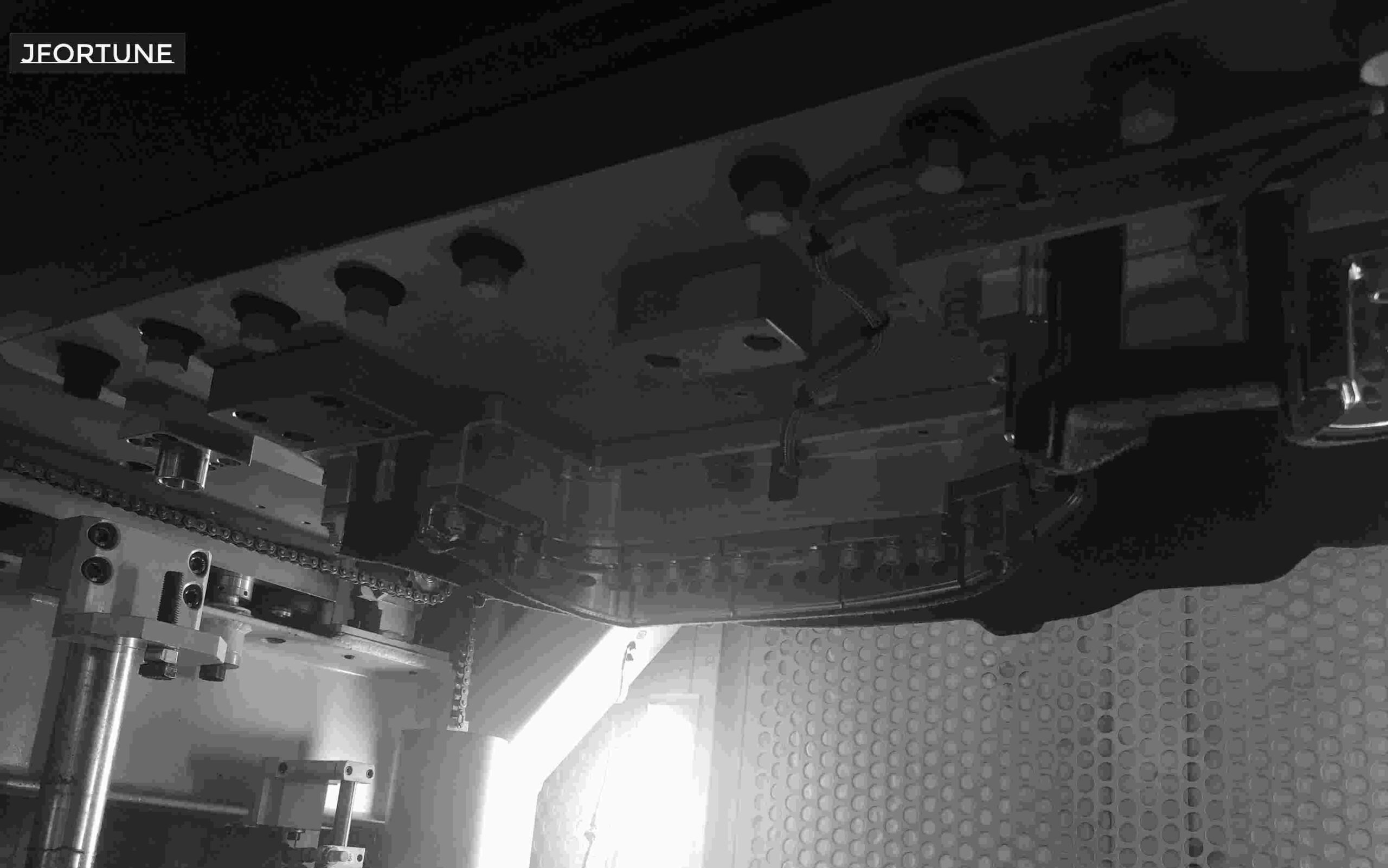Vibration welding technology has revolutionized the production of air ducts, offering a robust solution for creating durable and airtight joints in HVAC systems and automotive components. This article explores the benefits, process, and specific applications of vibration welding machines in the manufacture of air ducts.
Table of Contents
ToggleUnderstanding Vibration Welding
Vibration welding is a friction-based process that joins thermoplastic materials through the movement of one part against another under pressure. This motion generates heat through surface friction, melting the contact points of the parts to be joined. Once the movement stops, the parts are held together under pressure as they cool, forming a strong, seamless bond. This technique is particularly effective for large or complex-shaped parts that are challenging to weld using more conventional methods.
Advantages of Vibration Welding for Air Ducts
1. Strength and Durability:
- Vibration welding equipment creates joints that are inherently strong and resistant to breakage. The bond formed is typically as strong as the original materials, making it ideal for air ducts that require durability and airtight sealing.
2. Efficiency:
- The process is relatively quick, with the actual welding taking only seconds. This rapid cycle time allows for high production rates, essential in manufacturing settings where time is of the essence.
3. Energy Efficiency:
- Compared to traditional welding techniques that may require preheating or additional adhesives, vibration friction welding is energy efficient. It utilizes the intrinsic properties of the materials to generate the necessary heat, reducing the overall energy consumption of the manufacturing process.
4. Clean and Eco-friendly:
- Since the process does not involve solvents, adhesives, or emissions, it is considered environmentally friendly. There is minimal waste production, and the absence of chemicals makes it a cleaner option for the factory environment.
The Process of Vibration Welding Air Ducts
The vibration welding process for air ducts involves several key steps:
- Alignment and Preparation: The parts to be welded are precisely aligned in the machine. Proper alignment is crucial to ensure a uniform weld along the joint.
- Welding Phase: One part is held stationary while the other is vibrated along the joint interface. The parts are pressed together, and the friction between them generates heat, melting the plastic.
- Cooling and Bonding: After a short period of vibration, the movement ceases, and the parts are held together under pressure as they cool, solidifying the weld.
This method is particularly advantageous for air ducts used in automotive and HVAC applications, where complex geometries and large sizes are common.
Applications in Industries
Automotive Industry:
- Vibration welding machine is extensively used in the automotive industry to manufacture air ducts that are part of the vehicle’s heating, ventilation, and air conditioning (HVAC) system. These ducts must withstand various environmental stresses, making the strong bonds formed by vibration welding particularly valuable.
HVAC Systems:
- In residential and commercial buildings, vibration welding machine helps produce air ducts that contribute to efficient and effective climate control systems. The airtight seals ensure that air leakage is minimized, enhancing the overall energy efficiency of the system.
Conclusion
Vibration welding machines play a crucial role in the manufacturing of air ducts, providing a reliable method for producing high-quality, durable joints. The technology’s ability to handle complex shapes and large sizes, coupled with its efficiency and environmental benefits, makes it an indispensable tool in the production of air ducts for both the automotive and HVAC industries. As manufacturers continue to seek innovative solutions to improve product quality and sustainability, vibration welding stands out as a superior choice.
